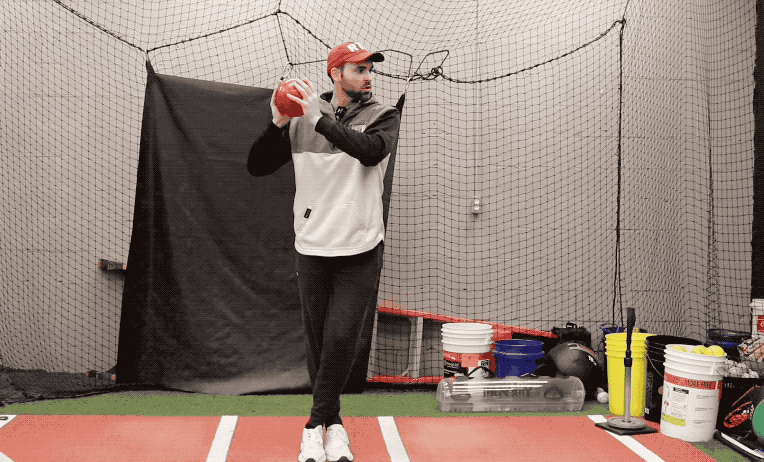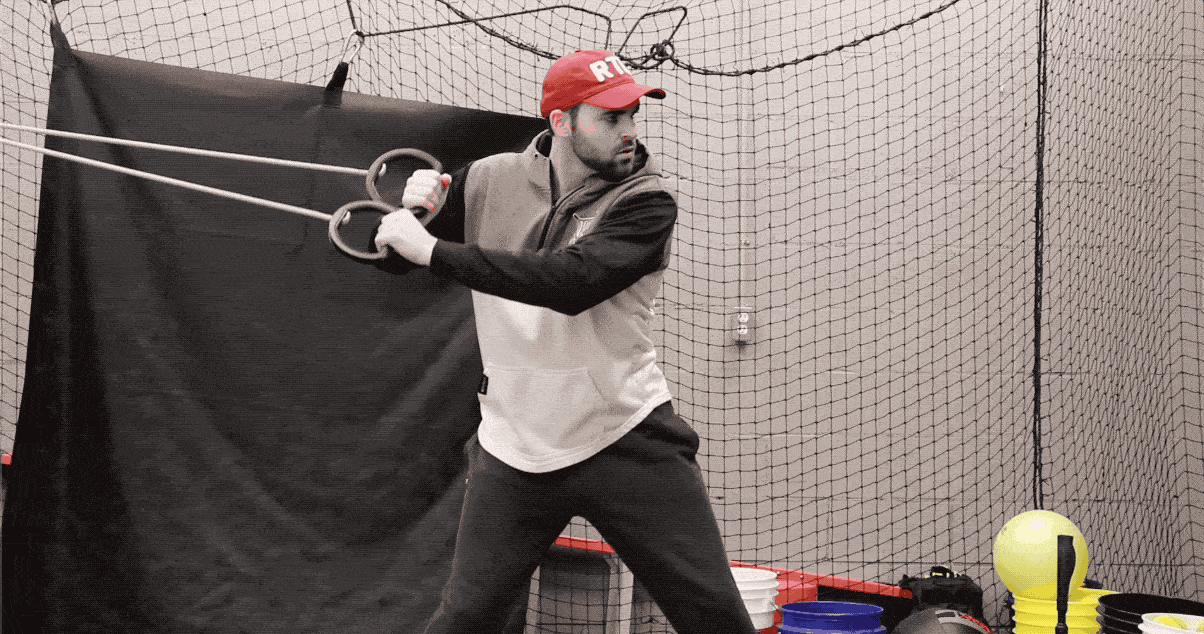Off-Season Hitting Plans
Nov 08, 2023

Read time: 3 minutes
New Patrick Jones Baseball Podcast is out:

Zach Day is a former professional baseball player who pitched in the big leagues and was one of the first employees at Trackman starting in 2008.
He is the co-founder of NewtForce, a company that uses force plates to analyze and improve pitching mechanics.
Watch: YouTube
The off-season is a time for players to be able to make significant mechanical changes.
This isn’t to say that we can’t do that during the season, but playing time, in-game production, and volume of swings are among the constraints as to why it can be hard to make mechanical changes in-season.
Today, we will discuss making a player plan for hitters to make mechanical changes in the off-season.
I always like to take a holistic approach to hitting development, so nutrition and sleep are always taken into account.
Usually, when coaches give hitters ‘individualized plans,’ it’s a few random drills that they tell the hitter to do, and they don't have any system in place to measure if the program is working or not.
I like to use the SMART process.
- Specific
- Measurable
- Achievable
- Relevant
- Time-Bound
Here’s an example:
Specific: A hitter’s hands excessively move away from their back shoulder toward home during the turn of the swing, causing a long swing and inconsistent timing.
Measurable: Using Blast Motion’s time-to-contact metric, we would like to see the hitter's score drop from .17 – .15
Achievable: This hitter has the functional strength to make this improvement.
Relevant: Yes. This hitter is consistently late.
Time-Bound: 6-8 weeks of deliberate practice to complete the goal.
Now that we know WHAT the hitter needs to work on and WHY, which is the easiest part, we must develop a plan to help them execute it.
In the off-season, I give hitters 5-day plans for making changes to mechanics.
Life happens, so I will always leave 2 days of room if they're traveling with family, don't have access to a cage, etc.
I'd recommend building something out for them to track their Macros and sleep.
Remember - what gets measured gets managed.
Below is a short example of some things I will have a hitter do for their off-season hitting plan.
This would be part of a hitter's program that is working on maintaining connection during the swing.
Swing Prep
Instead of doing what most hitters do when they walk into a cage and immediately start taking swings off the tee, we will put the bat down and remove the thought of hitting the ball while improving movement quality.
These movements should be specific towards what the hitter needs to improve.
1. Hook em (MB)
Equipment: Medball, Wall to throw it against.
Purpose:
The 'Hook Em' hitting drill aims to improve a hitter's connection with their upper body (casting, losing scap connection during forward move, etc) while enhancing proper weight transfer and balance during the swing.
By having the front foot hooked around the back foot in the starting position, the hitter is forced to start in a position where their back hip is already loaded.

Directions:
Tell the hitter to start with the front foot slightly hooked around the back foot, then tell the hitter to stride toward the wall, releasing the 'hooked' foot position.
Emphasize maintaining a balanced stance during the stride, focusing on 'controlling' the forward move (stride) and not rushing.
Tell them to relax their upper body with squared shoulders and one hand on each side of the ball.
The player will stride and release the ball with both hands, resembling the swing motion.
Band Turn
Equipment:
Resistance band

High Tee
Equipment: Balls, Bat, Tee
Purpose: Help hitters with an uppercut swing, miss under the ball, struggle with the high pitch, or cast their hands.
Directions:
- Tell the hitter to place the tee as high as it can go
- Have them get in their stance
- Instruct them that the ball should not go higher than the L Screen. No balls should hit the top of the net.

Flips/Short Toss
One hand (top)
Line-Line: The hitter starts with feet on the line close to home plate in the batter's box and has the pitcher throw balls in the inside corner; the goal is to hit every ball up the middle.
End-loaded weighted bat (pull side)
Underload Bat (oppo gap)
BP/Machine (4 rounds)
Around the world:
- Opposite field
- Opposite field Gap
- Centerfield
- Pull Side Gap
- Pull Side
End-loaded weighted bat (gap-gap)
Regular Bat (gap-gap)
For each round, 6-8 swings are enough to make it worthwhile, while not too much where they start to locus focus on the round.
Whenever you're ready, there's 1 way I can help you:
I'm currently working with high school, college, and pro hitters in Cincinnati, Ohio.
If you are interested in learning more about my hitting program please fill out this form
